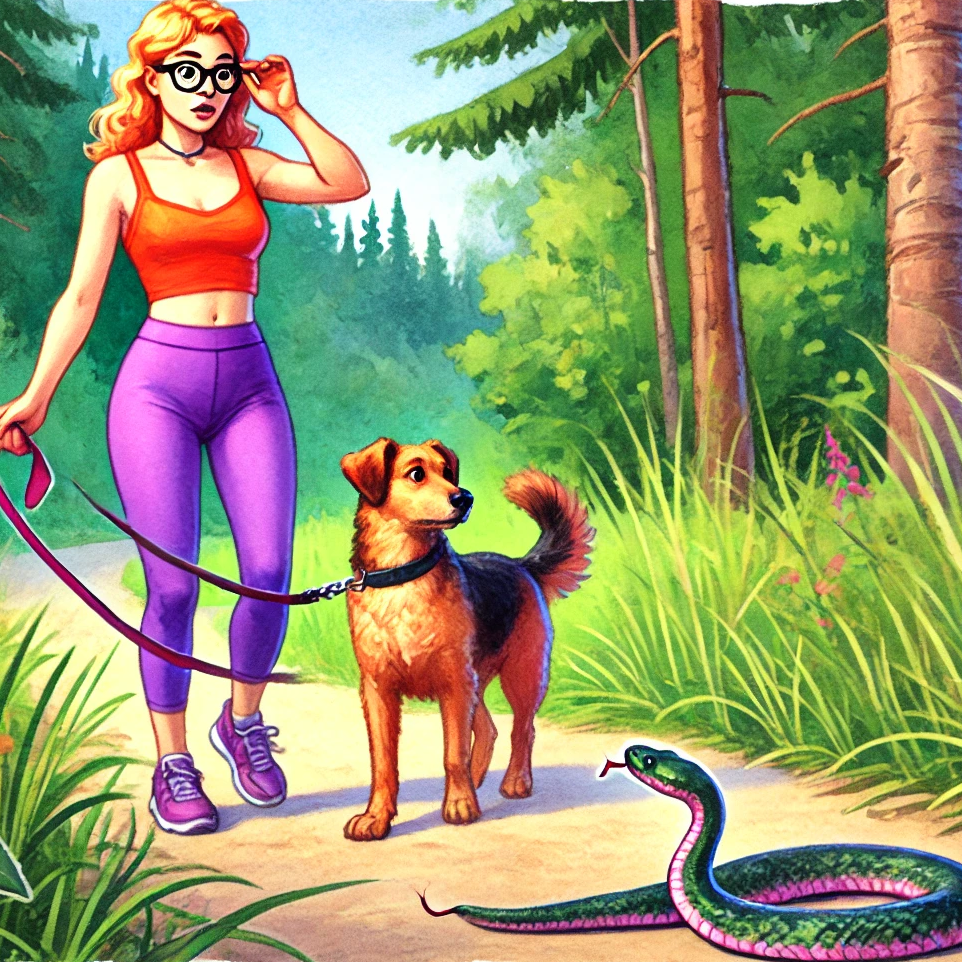Cycling with your dog

The right preparation
Is your dog suitable?
Before you get on the bike with your dog, you should make sure that your dog is suitable for this type of activity. Not all dog breeds and not all dog types are made for cycling. Here are some points to consider:
- Health: Have your dog checked by a vet if you are unsure. The joints and cardiovascular system are particularly important.
- Age: Young growing dogs and very old dogs are less suitable. The skeleton of young dogs is not yet fully developed. If your dog is fully grown after approx. 12 months, there should be no more objections.
- Temperament: Is your dog calm and obedient or rather stormy and unpredictable? A well-trained and obedient dog is a must. Otherwise, the first thing to do is practice.
Training in advance
Start slowly to get your dog used to the bike. Go for a walk next to the bike and let him sniff it. Then gradually introduce him to walking next to the bike. Here are a few tips:
- Practice walking on a lead: Your dog should be able to walk well on the lead without pulling.
- Walk next to the bike: Start by walking next to your bike without getting on and let your dog run alongside you. Reward him for good behavior.
The right equipment
Safety equipment for your dog
Safety first! Here are some items of equipment that your dog needs:
- Chestharness: A well-fitting chest harness is very important, as attachment to the collar can lead to injury. There are even special chest harnesses designed for cycling. These differ in that they have a fastening ring on the side.
- Bicycle leash: Special bicycle leashes with suspension ensure that your dog does not jerk too much and that you can ride safely.
- Reflectors and lights: Reflectors and a small light on your dog's harness are particularly useful at dusk or in poor lighting conditions.
Your bike and accessories
Your bike also needs to be well equipped for rides together:
- Stability: your bike should be stable and have safe brakes.
- Mounts: A special dog holder for the bike that attaches to the frame can be very useful.
- Water and food: Always carry enough water for your dog, especially on longer rides and in warm weather.
Tips for the first outing
Short routes to start with
Start with short and easy routes so as not to overtax your dog. Observe how he reacts and adapt the pace and route to his condition.
Take breaks
Plan enough breaks so that your dog can rest and drink. Regular breaks are particularly important in hot weather.
Watch out for dangers
Be alert and look out for potential dangers such as other dogs, road traffic, sharp bends and uneven paths. Make sure your dog does not overheat or overexert itself.
Your dog's speed and fatigue
How fast can you ride?
The speed at which you ride should be adapted to your dog's condition and fitness. A few guidelines:
- Beginner dog: Start at a slow speed of around 10-15 km/h. Observe how your dog copes with this.
- Trained dog: A trained and fit dog can manage speeds of up to 20 km/h, but only over short distances.
Make sure that you always ride at a speed at which your dog can run alongside you at a relaxed pace without panting heavily or showing signs of stress.
When has your dog had enough?
It's important to pay attention to your dog's signals to recognize when they need a break or should end the ride. Some signs of exhaustion are:
- Panting heavily: If your dog is panting heavily, he needs a break.
- Slowing down: If your dog is slowing down or having trouble keeping up, he's probably tired.
- Restless behavior: Sometimes dogs show restlessness or refuse to keep walking when they are exhausted.
- Tight paws: Check your dog's paws regularly for signs of wear and tear or injury.
Shared fun on your bike
Riding a bike with your dog can be a great experience if you make the right preparations and pay attention to safety. Over time, you'll both get fitter and be able to go on longer and more exciting rides. Always remember to cater to your dog's needs and enjoy your time together. Have fun and safe travels!
More articles for you
Contact form problem fixed
Unfortunately, our contact form has not worked as desired in recent weeks. 😔 Due to an error in the spam detection, normal messages were also incorrectly filtered out.Read moreDangerous encounter: What you should do if your dog is bitten by a snake
It's every dog owner's nightmare: you're out in nature with your four-legged friend, he's sniffing the ground curiously, and suddenly you hear a hissing sound. Before you know it, your dog flinches and you recognize the signs of a snake bite. But don't panic! In this article, you will learn how to…Read moreWhat you should know about cherries for dogs
You may have heard that cherries are good for your health. They contain lots of vitamins, antioxidants and fiber, which can strengthen the immune system and aid digestion. But are cherries also suitable for dogs? And if so, how much and in what form should you offer them to your four-legged friend?…Read more


